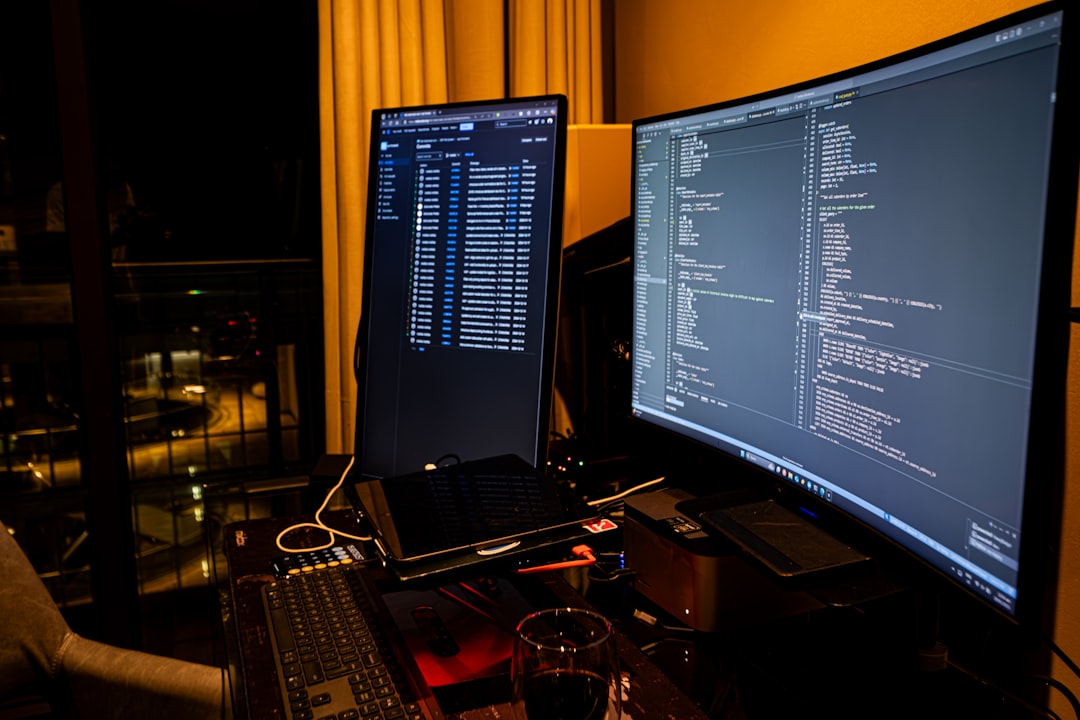
Many Windows users have come across a situation where their computer slows down drastically, only to discover that a system process — Windows Modules Installer Worker — is consuming a large portion of CPU resources. This can be frustrating, especially when it happens frequently or impacts performance significantly. Understanding why this process runs and how to limit its impact is key to keeping your system running optimally without sacrificing essential updates.
What is Windows Modules Installer Worker?
The Windows Modules Installer Worker (also known as TiWorker.exe) is a core Windows process that checks, downloads, and installs Windows updates. It also handles optional component installations and system recovery functions. In most cases, it activates automatically and runs in the background, ensuring your system remains secure and up to date.
While it’s an essential part of the operating system, the process can sometimes become problematic. It might consume high amounts of CPU or RAM, making the system sluggish or unresponsive for prolonged periods.

Why Does It Use So Much CPU?
There are several reasons why Windows Modules Installer Worker might spike your CPU usage:
- Pending Windows updates: If your system hasn’t been updated in a while, TiWorker may use more resources to download and apply patches.
- Corrupted update files: Incomplete or damaged files can cause the updater to hang or repeatedly attempt installations.
- Automated schedules: The service is set to run at scheduled times or after system reboots, sometimes conflicting with other processes.
- Component store issues: Damaged or bloated Windows component files can make updating more CPU-intensive.
How to Fix High CPU Usage
If you’re experiencing high CPU usage due to the Windows Modules Installer Worker process, there are several fixes you can try. Here’s a compiled list of solutions that have worked for many users.
1. Wait It Out (Temporary Activity)
Sometimes, patience is all that’s required. If the process recently began and your system hasn’t been active in a while, it may complete its task within a few minutes or hours. However, if the high CPU usage persists beyond a day, proceed with the steps below.
2. Set Windows Update to Manual
You can change the Windows Update service startup type to manual, which prevents it from running automatically.
- Press Windows + R, type services.msc, and press Enter.
- Locate Windows Update in the list.
- Right-click it and select Properties.
- Under Startup type, choose Manual.
- Click Apply and OK.
Note: This doesn’t stop updates entirely; it only prevents them from being installed automatically. Check for updates manually to maintain security.
3. Run the Windows Update Troubleshooter
Windows comes with a built-in troubleshooter to detect and fix update-related issues.
- Go to Settings > Update & Security > Troubleshoot.
- Select Windows Update and click Run the troubleshooter.
- Follow on-screen instructions and apply suggested fixes.
4. Clear Windows Update Cache
Corrupt update cache files can trigger the process to loop. Here’s how to reset it:
- Open Command Prompt as Administrator.
- Stop the Windows Update service:
net stop wuauserv
net stop cryptSvc
net stop bits
net stop msiserver - Rename the SoftwareDistribution folder:
ren C:\Windows\SoftwareDistribution SoftwareDistribution.old
ren C:\Windows\System32\catroot2 catroot2.old - Start the services again:
net start wuauserv
net start cryptSvc
net start bits
net start msiserver
This will prompt Windows to recreate the update cache folders during the next check for updates.
5. Use System File Checker and DISM
Corrupted system files can interfere with the update process. Use these tools to repair them.
- Open Command Prompt as Administrator.
- Run System File Checker:
sfc /scannow - Run the Deployment Imaging Service and Management Tool:
DISM /Online /Cleanup-Image /RestoreHealth
Once the scans complete, reboot your system.

6. Disable Windows Modules Installer Worker (Advanced)
This method is not recommended unless you’re certain updates will be managed manually or by third-party tools. Disabling the process can stop future updates or security patches.
- Open Services (type services.msc in Run).
- Find Windows Modules Installer.
- Right-click and go to Properties.
- Set the Startup type to Disabled.
- Click Stop and then OK.
Warning: Disabling this service may compromise your system’s security if updates aren’t installed manually.
7. Update Windows Manually
If all else fails and updates continually cause spikes in CPU usage, consider manually installing update packages from Microsoft’s Update Catalog. This approach ensures control over what gets installed and when.
Tips to Prevent Future CPU Spikes
- Keep your system updated regularly to avoid backlog and increased resource use.
- Schedule updates during off-hours when the system is not in active use.
- Use disk cleanup tools to reduce unnecessary files that can interfere with updates.
Frequently Asked Questions (FAQ)
Q1: Is Windows Modules Installer Worker a virus?
A: No, it is a legitimate Windows process. However, if you notice unusually high or suspicious activity, run a malware scan to rule out imposters.
Q2: Can I disable Windows Modules Installer Worker permanently?
A: Yes, but it’s not recommended. Disabling this process may prevent essential Windows updates from installing.
Q3: How long does Windows Modules Installer Worker usually run?
A: It typically runs for 15 minutes to a few hours, depending on update size and system performance.
Q4: Will preventing updates improve performance?
A: Initially, perhaps. But skipping updates can lead to instability, security vulnerabilities, and application incompatibilities over time.
Q5: Is there a lightweight alternative to Windows Updates?
A: While not officially endorsed, some users manage updates via third-party tools like WSUS Offline Update. Use caution and ensure their source is reputable.
Conclusion
The Windows Modules Installer Worker plays a crucial role in keeping your PC secure and efficient. However, when it starts consuming too many resources, it becomes a source of frustration. By implementing the steps mentioned above, users can effectively minimize the impact of this process and ensure smooth system performance.






